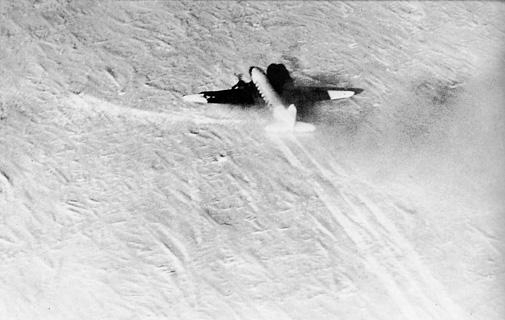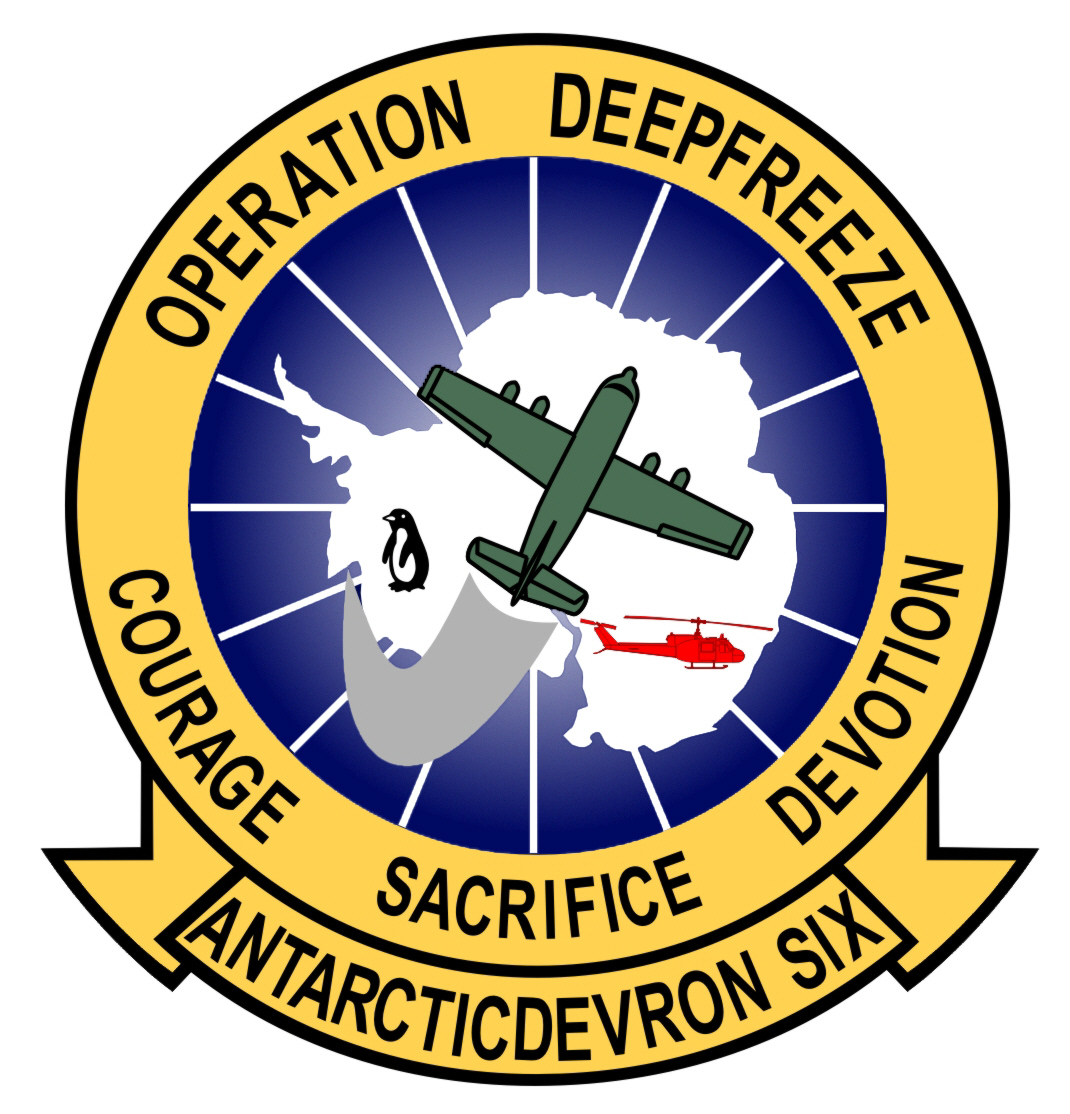|
Mayo Peak
Mayo Peak () is a flattish summit, about high, which forms the south end of the Jones Bluffs, Bear Peninsula, on the Walgreen Coast of Marie Byrd Land, Antarctica. It was named by the Advisory Committee on Antarctic Names in 1977 after Elbert A. Mayo, Jr., of U.S. Navy Squadron VXE-6, a flight engineer on LC-130 aircraft, who participated in five Operation Deep Freeze deployments. See also *Wright Pass Wright Pass () is a snow pass to the west of Jones Bluffs, running north–south for 3 nautical miles (6 km) between the terminus of Holt Glacier and the vicinity of Mayo Peak, Bear Peninsula on the Walgreen Coast, Marie Byrd Land. Ma ... References Mountains of Marie Byrd Land {{MarieByrdLand-geo-stub ... [...More Info...] [...Related Items...] OR: [Wikipedia] [Google] [Baidu] |
Jones Bluffs
Jones Bluffs are high, mainly snow-covered bluffs rising south of Holt Glacier in the eastern part of Bear Peninsula, Walgreen Coast, Marie Byrd Land. They were first mapped by the United States Geological Survey from air photos obtained by U.S. Navy Operation Highjump in January 1947, and were named by the Advisory Committee on Antarctic Names after Lieutenant Commander S.W. Jones, U.S. Navy, who piloted aircraft for magnetometry studies during Operation Deep Freeze 1966 and 1967. Later, in 1977, a prominent projection of the bluffs was named Barnes Bluff, after another Operation Deep Freeze officer. See also *Wright Pass Wright Pass () is a snow pass to the west of Jones Bluffs, running north–south for 3 nautical miles (6 km) between the terminus of Holt Glacier and the vicinity of Mayo Peak, Bear Peninsula on the Walgreen Coast, Marie Byrd Land. Ma ... References Cliffs of Marie Byrd Land {{MarieByrdLand-geo-stub ... [...More Info...] [...Related Items...] OR: [Wikipedia] [Google] [Baidu] |
Bear Peninsula
Bear Peninsula () is a peninsula about 80 km (50 mi) long and 40 km (25 mi) wide which is ice covered except for several isolated rock bluffs and outcrops along its margins, lying 48 km 30 mi) east of Martin Peninsula on Walgreen Coast, Marie Byrd Land, Antarctica. First delineated from aerial photographs taken by USN Operation Highjump in January 1947. Named by the Advisory Committee on Antarctic Names (US-ACAN) after the ice-ship ''USS Bear'', flagship of the USAS, from which three reconnaissance flights were made in late February 1940, resulting in the discovery of Walgreen Coast (with probable sighting of this feature) and the Thurston Island area. This ship, under the name Bear of Oakland, also served as flagship of the Byrd AE, 1933–35, which based at the Bay of Whales, Ross Ice Shelf. Launched in 1874 at Greenock, Scotland, for use in the sealing trade, she sank in 30-foot seas and high winds in the North Atlantic, March 19, 1963, at which tim ... [...More Info...] [...Related Items...] OR: [Wikipedia] [Google] [Baidu] |
Walgreen Coast
The Walgreen Coast () is a portion of the coast of Antarctica between Cape Herlacher and Cape Waite, or between Eights Coast on the east and Bakutis Coast in the west. It is part of Marie Byrd Land. It extends from 103°24'W to 114°12'W. It was discovered by Richard E. Byrd and members of the US Antarctic Service (USAS) by flights from the USS Bear, USS ''Bear'' during February 1940. The Walgreen Coast was named by Byrd after Charles R. Walgreen, president of the retail company Walgreens at the time, who was a funder of the Byrd Antarctic Expedition, 1933–1935, and assisted in equipping the ''Bear'' for the USAS, 1939–1941. This coast was mapped in detail by the United States Geological Survey from ground surveys and U.S. Navy air photographs, 1959–66. It contains Thwaites Glacier, also known as the "Doomsday Glacier", for its major contributions to sea level rise as a result of climate change. See also *Wright Pass References Coasts of Antarctica Landforms of M ... [...More Info...] [...Related Items...] OR: [Wikipedia] [Google] [Baidu] |
Marie Byrd Land
Marie Byrd Land (MBL) is an unclaimed region of Antarctica. With an area of , it is the largest unclaimed territory on Earth. It was named after the wife of American naval officer Richard E. Byrd, who explored the region in the early 20th century. The territory lies in West Antarctica, east of the Ross Ice Shelf and the Ross Sea and south of the Pacific Ocean portion of the Southern Ocean, extending eastward approximately to a line between the head of the Ross Ice Shelf and Eights Coast. It stretches between 158°W and 103°24'W. The inclusion of the area between the Rockefeller Plateau and Eights Coast is based upon Byrd's exploration. Overview Because of its remoteness, even by Antarctic standards, most of Marie Byrd Land (the portion east of 150°W) has not been claimed by any sovereign state. It is by far the largest single unclaimed territory on Earth, with an area of (including Eights Coast, immediately east of Marie Byrd Land). In 1939, United States President Frankl ... [...More Info...] [...Related Items...] OR: [Wikipedia] [Google] [Baidu] |
Advisory Committee On Antarctic Names
The Advisory Committee on Antarctic Names (ACAN or US-ACAN) is an advisory committee of the United States Board on Geographic Names responsible for recommending commemorative names for features in Antarctica. History The committee was established in 1943 as the Special Committee on Antarctic Names (SCAN). It became the Advisory Committee on Antarctic Names in 1947. Fred G. Alberts was Secretary of the Committee from 1949 to 1980. By 1959, a structured nomenclature was reached, allowing for further exploration, structured mapping of the region and a unique naming system. A 1990 ACAN gazeeter of Antarctica listed 16,000 names. Description The United States does not recognise territorial boundaries within Antarctica, so ACAN assigns names to features anywhere within the continent, in consultation with other national nomenclature bodies where appropriate, as defined by the Antarctic Treaty System. The research and staff support for the ACAN is provided by the United States Geologi ... [...More Info...] [...Related Items...] OR: [Wikipedia] [Google] [Baidu] |
Elbert A
Elbert is a name that derived from the Germanic ''Alibert'' and may refer to: People Given name * Elbert Andrews (1901–1979), American baseball player * Elbert Adrain Brinckerhoff (1838–1913), American merchant and mayor * Egbert B. Brown (1816–1902), American Civil War Union general * Elbert Crawford (1966–2013), American football player * Elbert Dijkgraaf (born 1970), Dutch economist and politician * Elbert Allen Drummond (1943–2012), American heir, businessman and philanthropist * Elbert Guillory (born 1944), Louisiana politician * Elbert de Leeuw (1519/20–1598), Dutch jurist and statesman better known as Elbertus Leoninus * Elbert Peets (1886–1968), American landscape architect, city planner * Elbert Roest (born 1954), Dutch politician and historian * Elbert Root (1915–1983), American Olympic diver * Elbert A. Smith (1871–1959), American Latter Day Saints leader * Elbert B. Smith (1921–2013), American historian and author * Elbert H. Smith (fl. 1839), A ... [...More Info...] [...Related Items...] OR: [Wikipedia] [Google] [Baidu] |
VXE-6
Antarctic Development Squadron Six (VXE-6 or ANTARCTIC DEVRON SIX, commonly referred to by its nickname, The Puckered Penguins) was a United States Navy air test and evaluation squadron based at Naval Air Station Point Mugu, California with forward operating bases at Christchurch, New Zealand and McMurdo Station, Antarctica. Established at Naval Air Station Patuxent River, Maryland on 17 January 1955 as Air Development Squadron Six (VX-6), the squadron's mission was to conduct operations in support of Operation Deep Freeze, the operational component of the United States Antarctic Program. The squadron relocated to Naval Air Station Quonset Point, Rhode Island on 1 February 1956. On 1 January 1969 the squadron was redesignated Antarctic Development Squadron Six (VXE-6). Following the closure of NAS Quonset Point in the 1970s, the squadron relocated to NAS Point Mugu. Using the tail codes ''XD'' (1955) and ''JD'' (1957), the squadron flew numerous aircraft over the course of its e ... [...More Info...] [...Related Items...] OR: [Wikipedia] [Google] [Baidu] |
LC-130
The Lockheed LC-130 is a ski-equipped United States Air Force variant of the C-130 Hercules used in the Arctic and Antarctic. Ten are currently in service with the 109th Airlift Wing of the New York Air National Guard. Design and development The LC-130 started as a prototype model developed by modifying a ''C-130A'' with skis in 1956. After testing in 1957, 12 additional C-130A models were modified with skis and hydraulics under the designation of ''C-130D''. In 1959 the first four factory equipped, ski-based Hercules were produced under the Navy designation of UV-1L. These C-130s are USAF C-130B models. Later in the program the designation was changed from UV-1L to C-130BL. This designation was again later changed to LC-130F when aircraft nomenclature was standardized for all services by the U. S. Defense Department in 1962. These four aircraft were bought by the Navy Department to support the Navy's Antarctic expedition that was ongoing at the time. The Navy also bought one ... [...More Info...] [...Related Items...] OR: [Wikipedia] [Google] [Baidu] |
Operation Deep Freeze
Operation Deep Freeze (OpDFrz or ODF) is codename for a series of United States missions to Antarctica, beginning with "Operation Deep Freeze I" in 1955–56, followed by "Operation Deep Freeze II", "Operation Deep Freeze III", and so on. (There was an initial operation before Admiral Richard Byrd proposed 'Deep Freeze'). Given the continuing and constant US presence in Antarctica since that date, "Operation Deep Freeze" has come to be used as a general term for US operations in that continent, and in particular for the regular missions to resupply US Antarctic bases, coordinated by the United States military. Task Force 199 was involved. Prior to International Geophysical Year The U.S. Navy already had a record of earlier exploration in Antarctica. As early as 1839, Captain Charles Wilkes led the first U.S. Naval expedition into Antarctic waters. In 1929, Admiral Richard E. Byrd established a naval base at Little America I, led an expedition to explore further inland, and c ... [...More Info...] [...Related Items...] OR: [Wikipedia] [Google] [Baidu] |
Wright Pass
Wright Pass () is a snow pass to the west of Jones Bluffs, running north–south for 3 nautical miles (6 km) between the terminus of Holt Glacier and the vicinity of Mayo Peak, Bear Peninsula on the Walgreen Coast, Marie Byrd Land. Mapped by United States Geological Survey (USGS) from U.S. Navy aerial photographs taken 1966. Named by Advisory Committee on Antarctic Names (US-ACAN) in 1977 after Chief Petty Officer William L. Wright, U.S. Navy, who completed six Operation Deepfreeze deployments up to 1977. As Leading Petty Officer (Transportation Operations), he conducted cargo traverses across the ice of McMurdo Sound to the McMurdo Dry Valleys The McMurdo Dry Valleys are a row of largely snow-free valleys in Antarctica, located within Victoria Land west of McMurdo Sound. The Dry Valleys experience extremely low humidity and surrounding mountains prevent the flow of ice from nearby .... References Mountain passes of Antarctica Landforms of Marie Byrd L ... [...More Info...] [...Related Items...] OR: [Wikipedia] [Google] [Baidu] |


